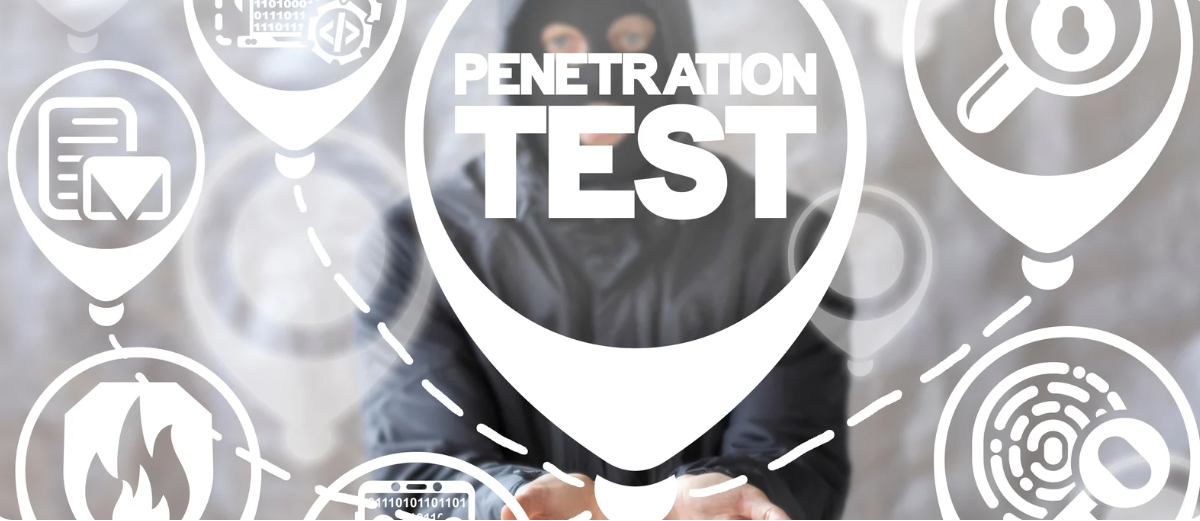Why Governance, Risk, and Compliance Matter More Than Ever
The increasing frequency of cyber threats, stricter regulatory oversight, and significant legal actions have brought Governance, Risk, and Compliance (GRC) to the forefront of organizational priorities. GRC has evolved from being a routine compliance function to a strategic necessity that supports business resilience and continuity.
The Drivers Behind GRC's Rising Significance
Cybersecurity Threats: Prominent data breaches have demonstrated the severe consequences of insufficient risk management. These incidents highlight the urgent need for comprehensive security strategies that align with GRC frameworks.
Regulatory Pressure: Regulatory bodies have intensified their focus on cybersecurity practices, including stricter reporting requirements for security incidents. This underscores the need for robust GRC measures.
Legal Accountability: Security leaders are increasingly held personally accountable for cybersecurity failures, reinforcing the need for clear risk management protocols within GRC frameworks.
What is GRC?
Governance, Risk, and Compliance (GRC) is a strategic framework that helps organizations manage operations while ensuring compliance with regulations and minimizing risks that could impact critical business activities. It involves three key elements:
Governance: Defining policies, processes, and oversight mechanisms.
Risk Management: Identifying, assessing, and mitigating risks.
Compliance: Ensuring adherence to laws, regulations, and internal standards.
The term "GRC" was first introduced in 2002, emphasizing the ability to achieve objectives reliably, address uncertainties, and maintain integrity.
Legal Consequences and Lessons for Cybersecurity
Recent legal actions following major data breaches have reshaped cybersecurity practices, underscoring the importance of GRC in minimizing organizational risks. These incidents revealed the dangers of incomplete disclosures, inconsistent internal communications, and weak risk management practices.
Key Takeaways for the Cybersecurity Industry
The primary lesson for cybersecurity professionals is the need to create strong connections between governance, risk management, and compliance efforts. This alignment ensures that risk management strategies are informed by business objectives, and cybersecurity concerns influence overall business planning. Without these links, organizations risk non-compliance and potential legal repercussions following security incidents.
Regulatory Changes
Increased Oversight: Regulatory authorities are tightening their requirements for cybersecurity reporting, introducing stricter penalties for non-compliance and emphasizing supply chain security.
Data Privacy Laws: Strengthened data protection regulations emphasize the importance of robust privacy controls.
Cybersecurity Frameworks: Frameworks such as the NIST Cybersecurity Framework and CIS Critical Controls have been updated to include a dedicated "Govern" function, reinforcing the need for integrated governance in risk management efforts.
Organizational Shifts
Enhanced CISO Role: The Chief Information Security Officer (CISO) role is now more strategic, with deeper involvement in risk management and business decision-making.
Increased Cybersecurity Investments: Businesses are allocating more resources to threat detection, incident response, and employee training.
Supply Chain Risk Management: Companies are prioritizing the assessment of risks associated with third-party vendors and partners to prevent supply chain vulnerabilities.
Technological Advancements
Advanced Threat Detection: Investments in AI and machine learning are improving threat detection and response capabilities.
Zero Trust Security Models: The adoption of zero-trust frameworks is expanding to strengthen security postures.
Improved Identity Management: Enhanced identity and access management solutions are being adopted to protect sensitive systems and data.
Streamlining GRC with Frameworks and Tools
Implementing GRC effectively can be complex due to the specialized nature of cybersecurity and legal functions. However, businesses can simplify the process through:
Leveraging Frameworks: Structured frameworks like the NIST Cybersecurity Framework and CIS Critical Controls offer clear guidance for managing GRC initiatives.
Using GRC Tools: Technology solutions that centralize risk assessment, compliance tracking, and reporting can streamline the GRC process and improve collaboration across teams.
While GRC tools enhance efficiency, they should be viewed as a complement to human expertise, ethical considerations, and sound decision-making processes. A comprehensive approach combining technology with informed leadership is essential for navigating today's complex risk landscape.
Interware Systems Inc. is dedicated to helping organizations strengthen their GRC frameworks by providing expert guidance, tailored solutions, and innovative tools. With a deep understanding of governance, risk management, and compliance practices, Interware empowers businesses to proactively manage risks, ensure regulatory adherence, and safeguard their critical operations. By combining industry expertise with cutting-edge technology, Interware enables organizations to navigate complex cybersecurity challenges with confidence and efficiency.






























